Uncovering the Best GNU Radio Alternatives for SDR Enthusiasts
GNU Radio is a free & open-source software development toolkit that provides signal processing blocks to implement software radios. It can be used with readily-available low-cost external RF hardware to create software-defined radios, or without hardware in a simulation-like environment. It is widely used in hobbyist, academic and commercial environments to support both wireless communications research and real-world radio systems. While incredibly powerful and versatile, users often seek GNU Radio alternative solutions for specific needs, different operating systems, or perhaps a more focused feature set. This article explores top contenders that offer similar functionality or specialized capabilities for your software-defined radio projects.
Top GNU Radio Alternatives
Whether you're looking for a user-friendly interface, cross-platform compatibility, or specific signal processing capabilities, these GNU Radio alternatives offer excellent options for your SDR endeavors.
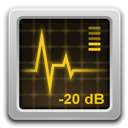
Gqrx
Gqrx is a fantastic GNU Radio alternative, powered by the GNU Radio SDR framework itself and the Qt graphical toolkit. This free and open-source application is available on Mac and Linux, providing a user-friendly interface for DVB-T and general radio playback, making it ideal for those who want a ready-to-use receiver.
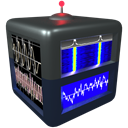
CubicSDR
CubicSDR stands out as a strong GNU Radio alternative for its cross-platform compatibility, supporting Mac, Windows, and Linux. This free and open-source Software-Defined Radio application allows users to easily navigate the radio spectrum and demodulate signals, with excellent RTL support for a wide range of SDR hardware.
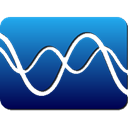
SDR#
SDR# (SDRSharp) is a very popular and widely adopted free GNU Radio alternative, particularly for Windows users. Written from scratch in C#, it offers a simple, fast, and extensible platform for experimenting with new Digital Signal Processing techniques, making it a great choice for quick setup and experimentation.
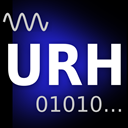
Universal Radio Hacker
For those focused on wireless protocol investigation, Universal Radio Hacker (URH) is an excellent open-source GNU Radio alternative. Available for Mac, Windows, and Linux, URH specializes in exploring unknown wireless protocols and features powerful data analytics capabilities, setting it apart for security and research applications.
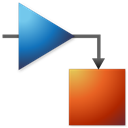
Simulink
Simulink® provides a powerful, commercial GNU Radio alternative, especially for engineers and researchers. This block diagram environment supports multidomain simulation and Model-Based Design, including automatic code generation and continuous testing. It's available on Mac, Windows, and Linux, making it a robust option for complex signal processing and system design.
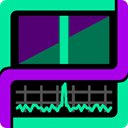
Baudline
Baudline is a specialized free GNU Radio alternative for scientific visualization of the spectral domain. Available on Mac, Linux, and BSD, it functions as a time-frequency browser, with features like radar analysis, making it a powerful tool for detailed signal analysis and research.
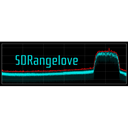
sdrangelove
sdrangelove is a free and open-source graphical application primarily for Linux users, serving as a simple GNU Radio alternative for visualizing radio spectrum data. It displays Fast Fourier Transformation (FFT) as a graph and waterfall diagram from Software Defined Radios (SDR), offering a straightforward way to monitor spectrum activity.

SoapySDR
SoapySDR is a valuable open-source GNU Radio alternative, providing a generalized C/C++ API and runtime library for interfacing with SDR devices. Available on Mac, Windows, and Linux, it allows users to instantiate, configure, and stream with a wide range of SDR hardware, offering a flexible and hardware-agnostic programming interface.
The world of Software-Defined Radio is vast, and while GNU Radio is a cornerstone, these alternatives provide diverse options to suit various project requirements and user preferences. Explore each one to find the best fit for your specific SDR needs, whether you prioritize ease of use, platform compatibility, or specialized analytical features.